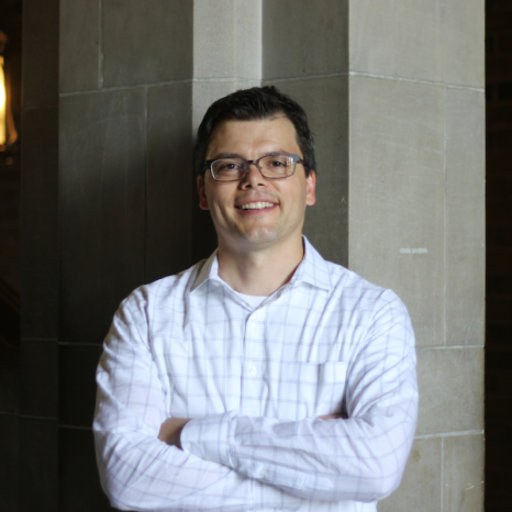|
|
| Line 106: |
Line 106: |
| | </tr> | | </tr> |
| | | | |
| | + | <tr class="lastRow"><td colspan=4 align=center valign=center> |
| | + | <h3>Interview with Prof. Joyce Tait</h3> |
| | + | <p> |
| | + | With an interdisciplinary background, covering both natural and social sciences, Prof. Dr. Tait has specialized in innovation-governance-stakeholder interactions in life science and related areas, including cell therapies and regenerative medicine, synthetic biology, pesticides and GM technologies, drug development, stratified and translational medicine, and biofuels. </p> |
| | + | <p> |
| | + | <h3><a class="myLink" href="/Team:Munich/Gold_Integrated/Tait">Read part of the interview here...</a></h3> |
| | + | </p> |
| | + | </td> |
| | + | <td colspan=2 align=center valign=center> |
| | + | <img src="https://i1.rgstatic.net/ii/profile.image/AS%3A411862849081350%401475207163702_xl/Keith_Pardee.png" alt="Keith Pardee"> |
| | + | </td> |
| | + | </tr> |
| | | | |
| | | | |
|
|

|
|
|
|
|
|
|
Human Practices (Gold)
|
|
Collaborations play a very important role in terms of the development of project. Collaborations with other teams helps us to learn about better ways to handle a problem, to learn new ways of working, to perceive different ideologies and to develop the project in general. It provides us a better chance to get to know other teams and to learn to cooperate. In scientific fields, cooperation and collaborations play a major role for growth and discovery. We are highly encouraged to work with other teams since it increases our horizon of knowledge and we are happy that iGEM promotes the idea of sharing knowledge and scientific materials. The following are the teams whom we can proudly call the collaborators this year.
|
Interview with Dr. Keith Pardee
We had the chance to interview and talk with Dr. Keith Pardee on September 21th via Skype. He
was impressed with our project and gave us very useful feedback. One of his suggestions was
that we tried to make our device as easy as possible in the beginning and then get to the next
level of complexity. For that reason, he suggested us to use first purified RNA that mimicked our
target and at high concentrations, instead of considering using human samples. We followed his
recommendations and could detect the 16S ribosomal subunit from Escherichia coli, from
purified total RNA and in vitro RNA. When we asked him about our readout ideas (fluorescence
and colorimetric), he told us that the fluorescent readout would be enough to prove that our
device worked. Also, he recommended us to implement trehalose as a cryoprotectant in our
method to lyophilize Cas13a into our paperstrip.
|

|
Interview with Dr. Sabine Dittrich
We skyped with Dr. Dittrich for advice on which pathogens should our device prototype target. She is a specialist when it comes to diagnostic and epidemiology of infectious diseases. Currently she is heading the fever work in FIND’s Fever, AMR (Antibiotic Resistance) and Outbreak program. Prior to FIND (Foundation for Innovative New Diagnostics) she worked for five years for the University of Oxford (UK), where she focused on improvement of understanding and diagnosing causes of non-malarial fevers. Since her general field of work as well as her personal interest is improving detection of bacterial pathogens both in human and environmental samples, we were excited to ask for her opinion on our project.
|

|
Interview with Prof. Joyce Tait
With an interdisciplinary background, covering both natural and social sciences, Prof. Dr. Tait has specialized in innovation-governance-stakeholder interactions in life science and related areas, including cell therapies and regenerative medicine, synthetic biology, pesticides and GM technologies, drug development, stratified and translational medicine, and biofuels.
|

|
|
|
|
|
|
| |



